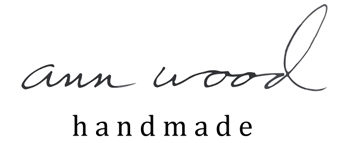Or: How to make a cardboard horse.

In 2006 I started making cardboard horses. They were a self imposed assignment, a daily creative task intended to motivate and loosen me up, little experiments, paralysis prevention. My plan was to make a cardboard horse everyday, Monday through Friday until I had 100 – a stampede! I did and exhibited the group at Tinlark in Los Angeles in 2007. I’ve made 3 patterns, two adults and a colt, to share and I hope you make a cardboard horse or two or three or maybe a little family or maybe your own stampede!
What you will need:
pattern
cardboard- you can use any kind – I think a medium weight is good, I’m using cardboard from a gift box.
scissors
manicure scissors
pencil
hammer and one nail
buttons
thin wire
pliers
paint and brushes, glue, paper, fabric, lace etc. – whatever you like, whatever you’ve got.
First download and print the patterns, cut out the pieces and trace them onto your cardboard. I like to use a pair of manicure scissors for the difficult small bits – corners etc. I included an optional tail and mane in the pattern. I’m foregoing those for this horse and will add a tail and mane of antique lace.
(Click the images for a larger view)



You can finish your horse with collage or fabric or pencil – the possibilities are endless – but if you choose to paint then paint both sides to prevent curling. I’m using latex paint for the base, adding some dapples from my water color box and some splatters of ink, you can use a stiff paint brush or old tooth brush. I used a fine sharpie pen to draw on a very simple eye and mouth.



Next I’m adding the antique lace mane and tail using a glue stick ( or elmer’s glue if you prefer).
Once that is dry we’re ready to assemble.



Arrange the legs with the body sandwiched between and use the nail to make a hole through all three layers. You’ll need to put a piece of wood or heavy cardboard underneath to protect the surface you’re working on. Thread the wire through the button holes and then pass both strands through the legs and body. Thread both wires through a small button on the back, pull it tight and twist to secure and trim the extra wire with pliers. Add another piece of wire for hanging by twisting it around the buttons. I like to give all my horses a name, this is Sebald, horse #101.

I’ve hung sebald amongst the snowflakes with horse #71 winston.

Do you get my free weekly-ish newsletter? There are tips and tricks, ideas, stuff to try, all the latest news and blogposts and extra stuff, just for subscribers, delivered mostly on Friday. Pretty much.



















